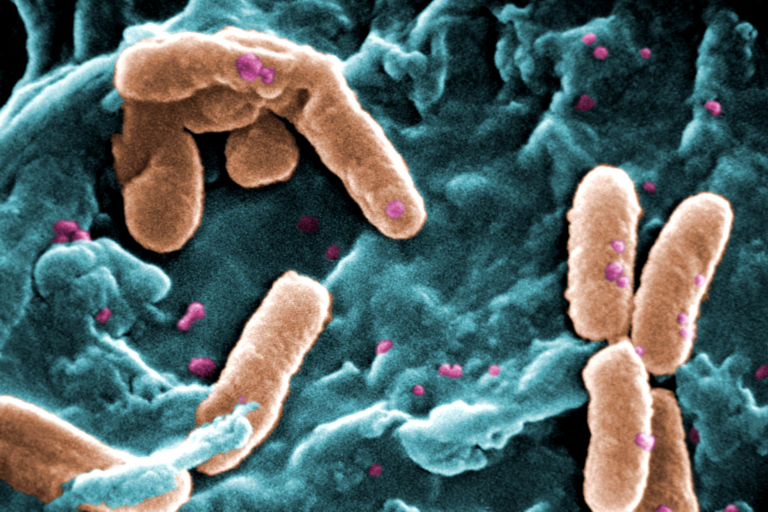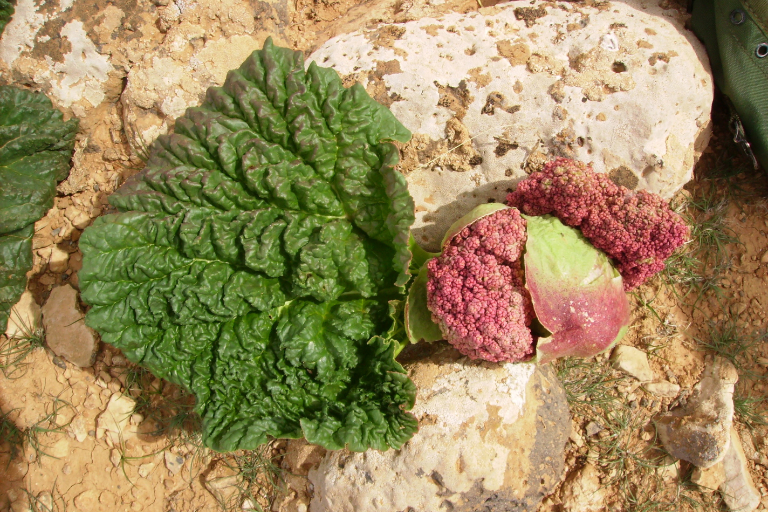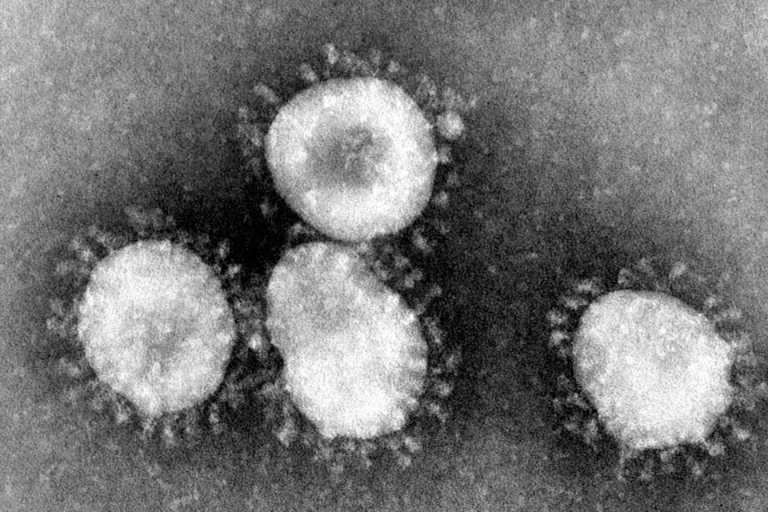
Penguins construct huddle temperature

Earthworms make soil
Despite living on land for millions of years, earthworms have retained the physiology of the freshwater species from which they evolved. For more on how earthworms process soil to suit their aquatic physiology read Turner (2000). A précis can be found in Odling-Smee et al. (2003). For an up-to-date summary of earthworm effects on soil see Frelich et al. (2019). Caro et al. (2014) describe how earthworm niche construction can improve soil quality and reduce earthworm dispersal.

Hermit crabs build homes
Hermit crabs use shells as safe homes to live in. They modify these shells to increase their inner size and reduce their weight. As they grow, they need larger shells. But the only shells big enough are those carried by other hermit crabs. Hermit crabs gather, waiting for other hermit crabs to change shells, and then jump into a suitable vacated one. Laidre (2012, 2019) describes how, by hollowing out the gastropod shells in which they live, hermit crabs create a biological market and drive the evolution of social dependence.

Dung beetles construct dung balls
Female dung beetles manufacture and bury a brood ball of dung and insert into it a faecal pedestal onto which they lay an egg. Through niche construction they provide a safe home, food, and microbiome for their developing young. Developing larvae also processes the brood ball, changing microbiome composition. Experiments show that maternal and offspring niche construction strongly affect offspring size, fitness and trait characteristics. For more on how mother dung beetles construct a brood ball and the role of larval niche construction see Schwab et al. (2016, 2017).

Forest fires construct local ecology
By affecting local fire intensities or the probability of ignition, traits that influence plant flammability may indirectly control selection for fire-related life-history and physiological traits. To learn more about how flammability traits shape natural selection on fire tolerance and resprouting, read Schwilk (2003).

Plants create developmental environments
Even traits such as the timing of germination and flowering can be niche-constructing traits. The timing of germination and flowering determine the seasonal environment experienced by plants and their offspring. This alters many traits, the expression of genetic variation of those traits, and natural selection on those traits. To learn more about how the timing of flowering and germination are niche-constructing traits for seeds, see Donohue’s studies of Arabidopsis (2005, 2013).

Snails construct a desert ecosystem
Euchondrus spp. snails feed on lichens that grow on and under rocks in the Negev desert. Each snail is very small, and has a tiny effect on its environment, and yet their activities have a massive effect on the entire desert ecosystem. For more on how, by breaking down rocks to eat lichen, snails create soil in the desert, and support an entire ecosystem, read Shachak et al. (1987) and Jones & Shachak (1990).

Dairy farming creates a new niche
The domestication of cattle and consumption of dairy products is a compelling example of human niche construction. For more on how the cultural niche-constructing habit of dairy farming generated selection for adult lactose tolerance read Gerbault et al. (2011) and O’Brien & Laland (2012). For other examples of cultural niche construction see Laland et al. (2010).

Yeast construct a transport system
Buser et al. (2014) demonstrate experimentally how through their niche construction (the modification of fruit) the yeast Saccharomyces cerevisiae attracts Drosophila, and facilitates its own propagation.

Bacteria create new niches
Callahan et al. 2014 demonstrate experimentally that niche construction evolves rapidly, under a broad range of conditions, in microbial populations. San Roman & Wagner (2018) show that bacterial niche construction creates a very large number of new niches for other bacteria.

Rhubarb creates moisture in the desert
More desert plants have small leaves or spines, to conserve water. The desert rhubarb (Rheum palaestinum) survives with huge leaves that are self-irrigating. Its leaves channel water towards its taproot, which grows and then shrinks again, producing chemical exudates that line the cavity, where water gathers. To learn how the desert rhubarb constructs a moisture-rich environment in the desert read Lev-Yadun et al. (2009).

Squid and bacteria construct a light organ
To read about how a squid and some bacteria collaborated to create a light organ see Gilbert (2020). Other examples of developmental niche construction can be found in Laland et al. (2008) and Gilbert (2020).

Killer whale culture
For more on how the cultural dietary habits of killer whales are driving their own evolution read Foote et al. (2016).

Beavers construct local communities
To learn more about how, by cutting down trees and constructing dams, beavers transform rivers and streams into wetlands with a very different community structure, read Naiman et al. (1988) and Wright et al. (2002).

Forbs & grasses construct local ecology
To learn more about how, by affecting process rates and nutrient cycling, forbs and grasses create niches for other alpine plants, see Brathen & Raivolainen (2015).

Plants construct the light
To read about how plants alter the shape and orientation of their leaves to optimize the amount of light they receive, and many other examples of experiential niche construction, see Sultan (2015).

Viral niche construction
To read more about how viruses create diseases by constructing niches for themselves, read Hamblin et al. (2014).
